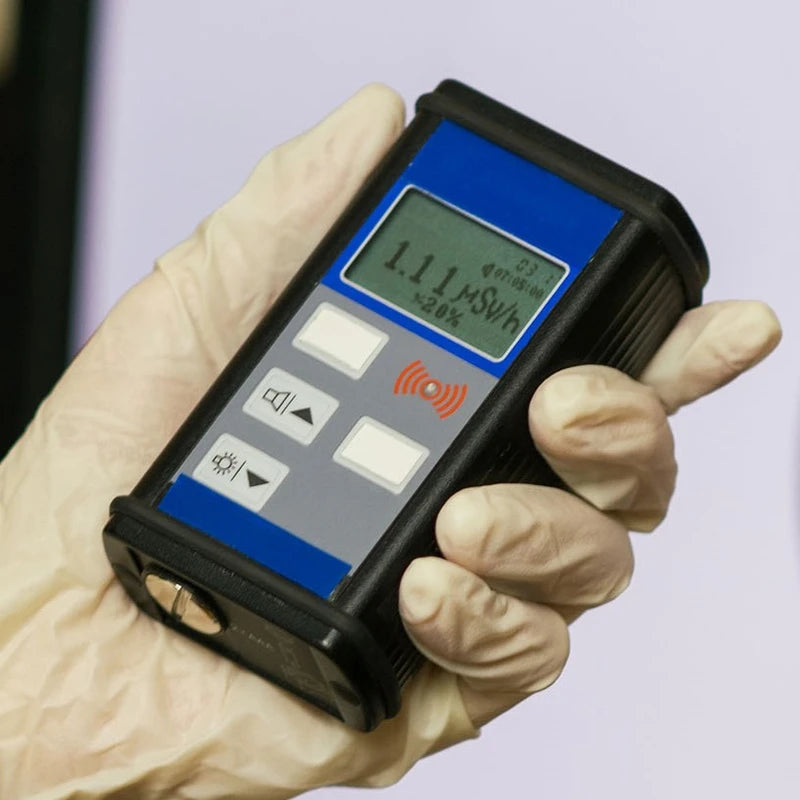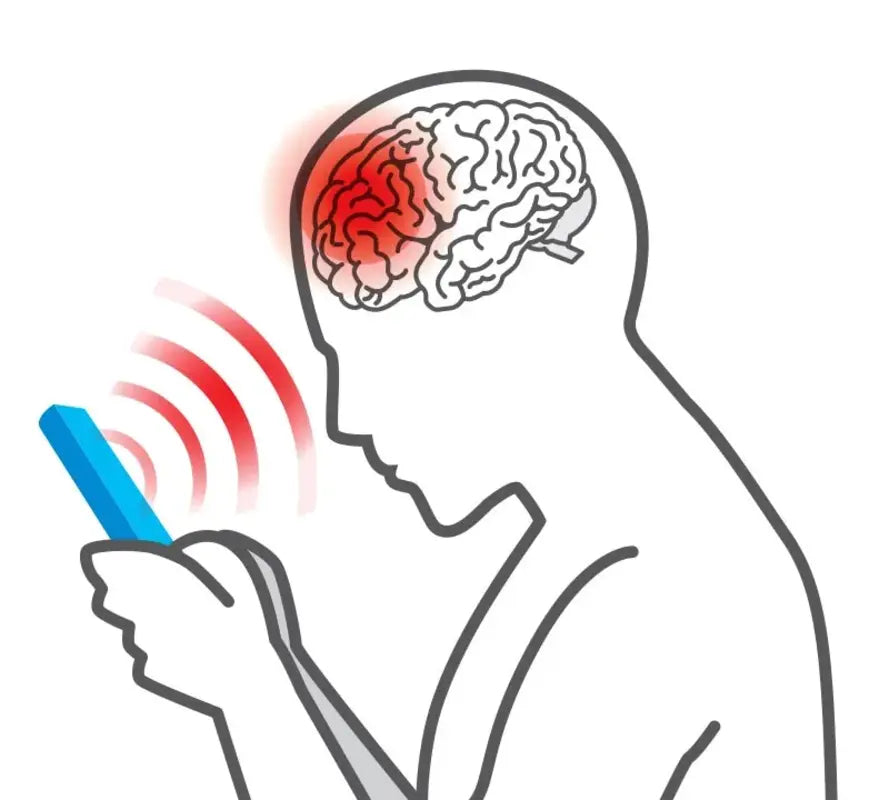In the event of a nuclear emergency, the ability to measure radiation exposure becomes paramount for ensuring public safety and personal health. Past incidents, such as the Fukushima disaster, have highlighted the critical need for effective radiation measurement to assess the risks associated with nuclear exposure. Understanding how to monitor radiation is vital for minimizing health risks and making informed decisions during emergencies. This article will discuss the tools, methods, and best practices for measuring radiation exposure, ensuring you are prepared for such situations.
Understanding Radiation Exposure
Radiation exposure refers to the process by which individuals come into contact with ionizing radiation, which can result in various health effects. Common radiation exposure symptoms may include nausea, fatigue, skin burns, and, in severe cases, radiation sickness. The different types of radiation—alpha, beta, and gamma—each have unique characteristics and implications during a nuclear emergency. For example, alpha particles can be blocked by the skin, while gamma rays can penetrate deeper, posing greater health risks.
During a nuclear emergency, it is crucial to have access to a radiation levels chart to assess the potential exposure risks quickly. Such charts provide information about radiation levels in various environments, helping individuals understand the severity of their exposure and take appropriate measures.
Tools for Measuring Radiation Exposure
When it comes to measuring radiation, having the right radiation monitoring devices is essential. Two of the most commonly used devices are dosimeters and Geiger counters. A dosimeter for radiation is a small device that individuals can wear to monitor their cumulative exposure over time. These devices are especially important for emergency responders and anyone in proximity to a nuclear incident.
Geiger counter comparison is useful for distinguishing between the various types of Geiger counters available on the market. Some counters are designed for specific radiation types, while others can detect a broader range. When selecting a Geiger counter, consider features such as sensitivity, ease of use, and battery life, particularly during emergency situations when reliable readings are crucial.
Additionally, assembling an emergency radiation kit can greatly enhance your preparedness. This kit should include essential items such as radiation monitoring devices, personal protective equipment, and public safety information to guide you through the situation.
Measuring Radiation in the Environment
Monitoring air quality during a nuclear emergency is vital for understanding the potential risks associated with airborne radioactive particles. Radiation monitoring stations play a critical role in providing real-time data about environmental radiation levels. These stations are often set up by government agencies and can be vital resources during a crisis.
Another important aspect of managing a nuclear emergency is measuring background radiation levels. By establishing baseline readings prior to an emergency, individuals can more easily identify changes in radiation levels that may pose a health risk.
Emergency Response and Preparedness
Creating an effective emergency preparedness guide is essential for individuals and communities facing the potential of nuclear exposure. This guide should outline specific actions to take before, during, and after a nuclear emergency. Training for community members in radiation measurement and safety protocols is critical to ensure everyone knows how to respond effectively.
Emergency preparedness also involves familiarizing yourself with public safety information that can help you navigate a crisis. This includes understanding evacuation routes, shelter-in-place guidelines, and resources available for radiation safety.
Public Safety and Health Measures
Adhering to radiation exposure guidelines is vital for minimizing health risks during a nuclear emergency. These guidelines outline safe exposure limits and recommend actions to reduce potential harm. Public health measures, such as evacuation protocols and shelter-in-place strategies, are crucial for protecting the community.
Additionally, effective community safety planning can enhance preparedness efforts. Communities should engage in regular training and drills to ensure everyone is ready to act swiftly and safely in the event of a nuclear incident.
Conclusion
Measuring radiation exposure during a nuclear emergency is a critical aspect of ensuring personal and public safety. By understanding the tools available, such as dosimeters and Geiger counters, and following best practices for monitoring radiation levels, you can protect yourself and your community from potential harm. Educate yourself about radiation measurement tools, maintain an emergency radiation kit, and engage in community preparedness initiatives to enhance your safety and readiness for any nuclear emergency.



Commenta
Questo sito è protetto da hCaptcha e applica le Norme sulla privacy e i Termini di servizio di hCaptcha.